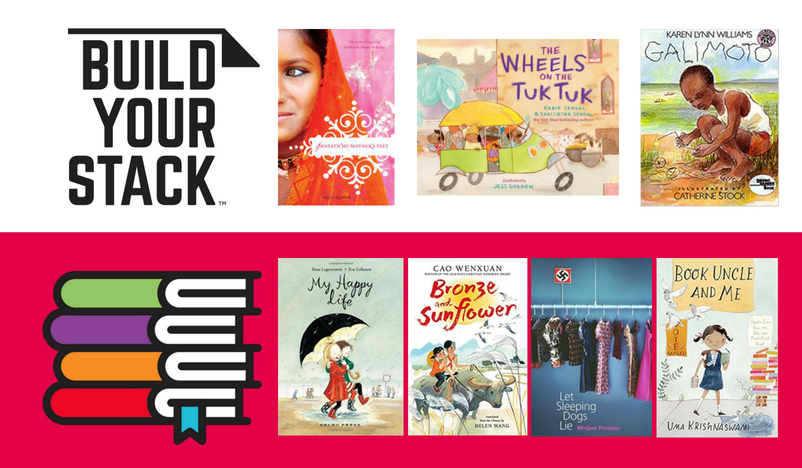This blog post is part of Build Your Stack,™ a new initiative focused exclusively on helping teachers build their book knowledge and their classroom libraries. It was written by NCTE member Kathy G. Short.
Teachers are always searching for new ways to challenge students to explore their own lives and the diversity of cultural communities that enrich us. Looking to “global literature” – books from diverse cultures around the world — provides an opportunity for students to go beyond a tourist perspective of only gaining surface-level information about a culture.
Instead, through books, students can immerse themselves in a variety of story worlds to gain insights into how people around the world live, feel, and think. They do not just learn about, but experience with, people living in a global community. At the same time, however, students sometimes struggle for the very reason that the cultures portrayed are unfamiliar to them; their lack of knowledge and understanding lead them to make false assumptions, to feel pity or superiority, or simply to dismiss them as strange or exotic. Books from other places can actually establish stereotypes rather than challenge students to gain new perspectives and go beyond their own culture as the “norm.”
One strategy that has been successful for me in working with US students is to pair a book from another country with a well-known book by an American or British author, to encourage explorations of connection and uniqueness across cultures.
Some examples of pairings at different age levels include:
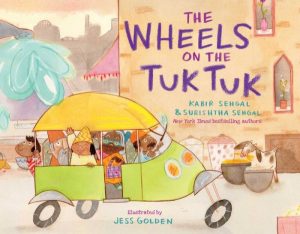
Pairing the familiar song about children heading to school, The Wheels on the Bus, with The Wheels on the Tuk Tuk, by Kabir Sehgal, set in India.
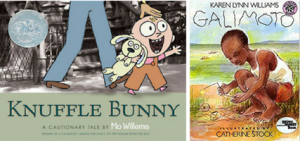
Pairing Knuffle Bunny by Mo Willems with Galimoto by Karen Lynn Williams, set in Malawi. Both are about well-loved toys in a child’s life.

Pairing the well-known Sarah Plain and Tall by Patricia MacLachlan with Book Uncle and Me by Uma Krishnaswami, set in India, or with My Happy Life by Rose Lagercrantz, set in Sweden. These are all stories of children dealing with changing relationships within families and learning to take action.
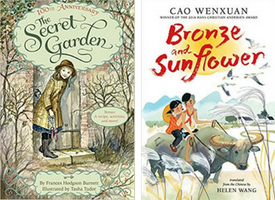
Pairing the classic The Secret Garden by Frances Hodgson Burnett with Bronze and Sunflower by Wenxuan Cao, a book from China about the friendship between two children dealing with hardship.
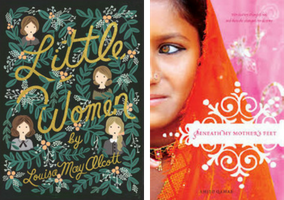
Pairing the classic Little Women by Louisa May Alcott with Beneath My Mother’s Feet by Amjed Qamar, set in Pakistan, about a teen who faces limited life choices as a female but has great inner strength.

Pairing the canonical text The Great Gatsby by F. Scott Fitzgerald with Mirjam Pressler’s Let Sleeping Dogs Lie, about a contemporary German teen who learns that her family’s wealth and successful business were stolen from a Jewish family by the Nazis.
Teachers can engage students with these paired books in many ways. Students can read both books as a paired set or teachers can read one book while students read the paired book in small groups. Another possibility is for one group to read and discuss one book and another to read the paired book and then pair up across the books for discussion and comparison.
These pairings across time and place provide a context for students to explore books and cultures. Many other examples of paired books can be found on the K12 “global book lists” developed by Worlds of Words, available here. In addition to the paired books, annotated book lists of new recommended global fiction and nonfiction are also available to support teachers who want to globalize their classrooms.
What are your favorite book pairings to use in the classroom? Let us know on Twitter using #BuildYourStack!

Kathy G. Short is a professor at the University of Arizona, where she directs Worlds of Words, an initiative to create intercultural understanding through global children’s and adolescent literature. Her most recent books include Teaching Globally: Reading the World through Literature and Critical Content Analysis of Children’s and Young Adult Literature. She is a past President of NCTE and USBBY.

